Roman Mythology
-

Overview Juno, known as Iuno in Latin, holds the esteemed position of being the queen of the Roman pantheon and the spouse of Jupiter, the king among gods. As a protector of women, particularly emphasizing their societal roles related to marriage and motherhood, Juno’s character and symbolism have significant connections to the Greek goddess Hera.…
-

The figure of Bacchus holds a prominent place in mythology as the Roman deity of wine, agriculture, fertility, and festivity. As part of the Roman pantheon, Bacchus, also recognized as Liber Pater, embodies a blend of the beliefs surrounding both Roman and Greek traditions, making it complex to disentangle the narratives and attributes of Bacchus…
-
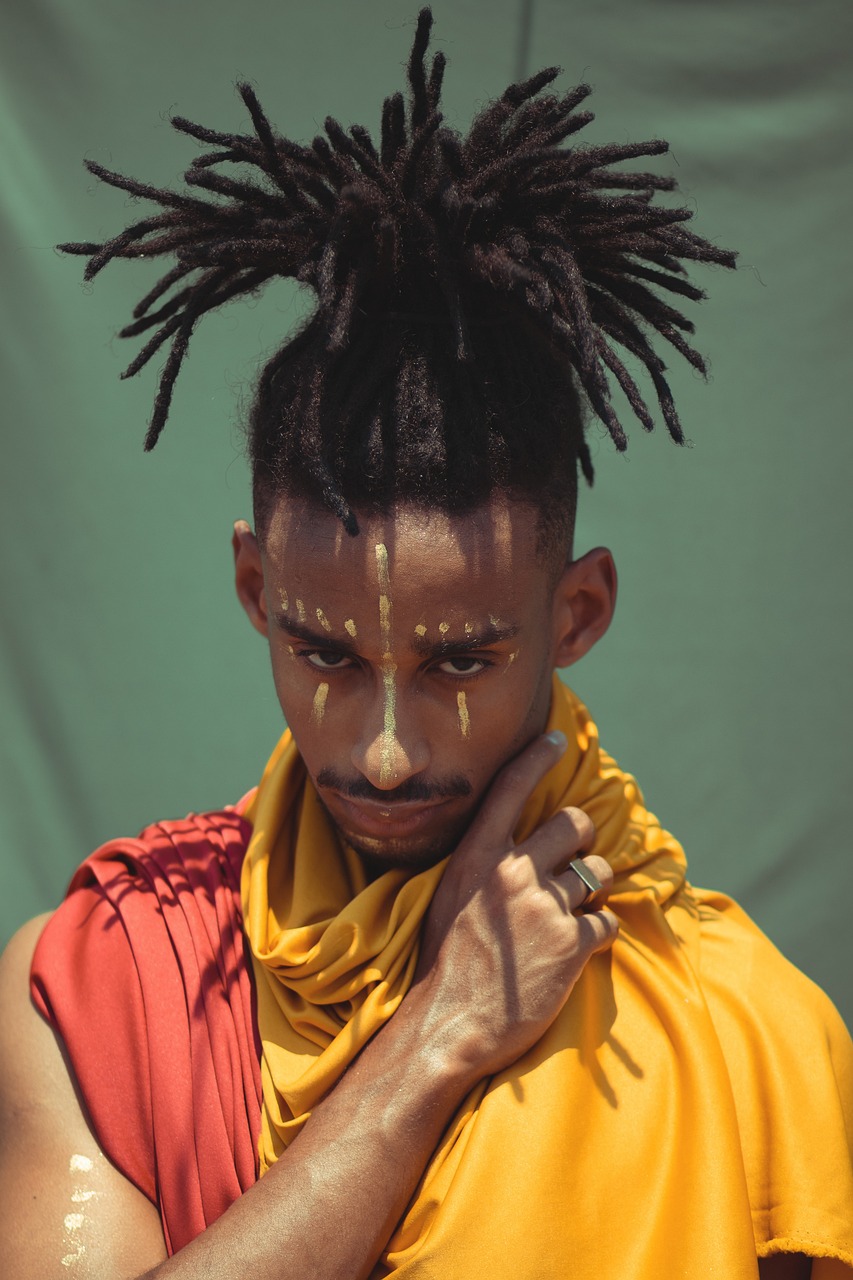
Eris: The Goddess of Discord Eris, the embodiment of strife and discord, is a notable figure in Greek mythology. Often associated with the tumult of warfare, she took pleasure in chaos and carnage. Eris stands out as the only deity excluded from the wedding of Peleus and Thetis due to her contentious nature. Angered by…
-
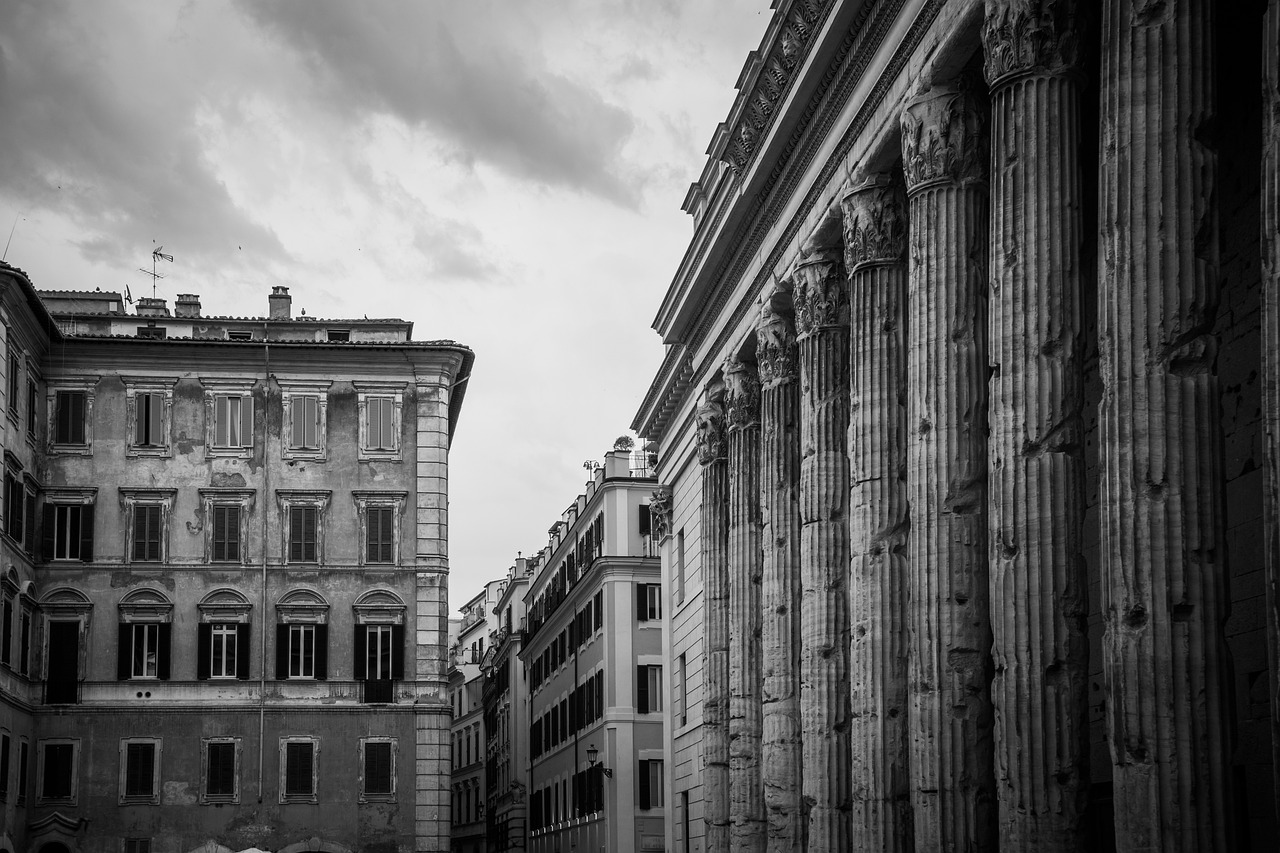
Heracles, one of the most renowned figures in Greco-Roman mythology, is known for his incredible feats and strength. He was the offspring of Zeus and Alcmene, who was a descendant of Perseus. According to legend, Zeus declared that the next male hailed from the lineage of Perseus would rule Greece. However, due to the machinations…
-

After enduring years of political turmoil, civil strife, and the assassinations that led to the fall of the Roman Republic, Ancient Rome experienced a period of notable peace and stability referred to as the Pax Romana, which means “Roman Peace.” This transformative era began in 27 B.C. with Augustus emerging as the first Roman emperor…
-
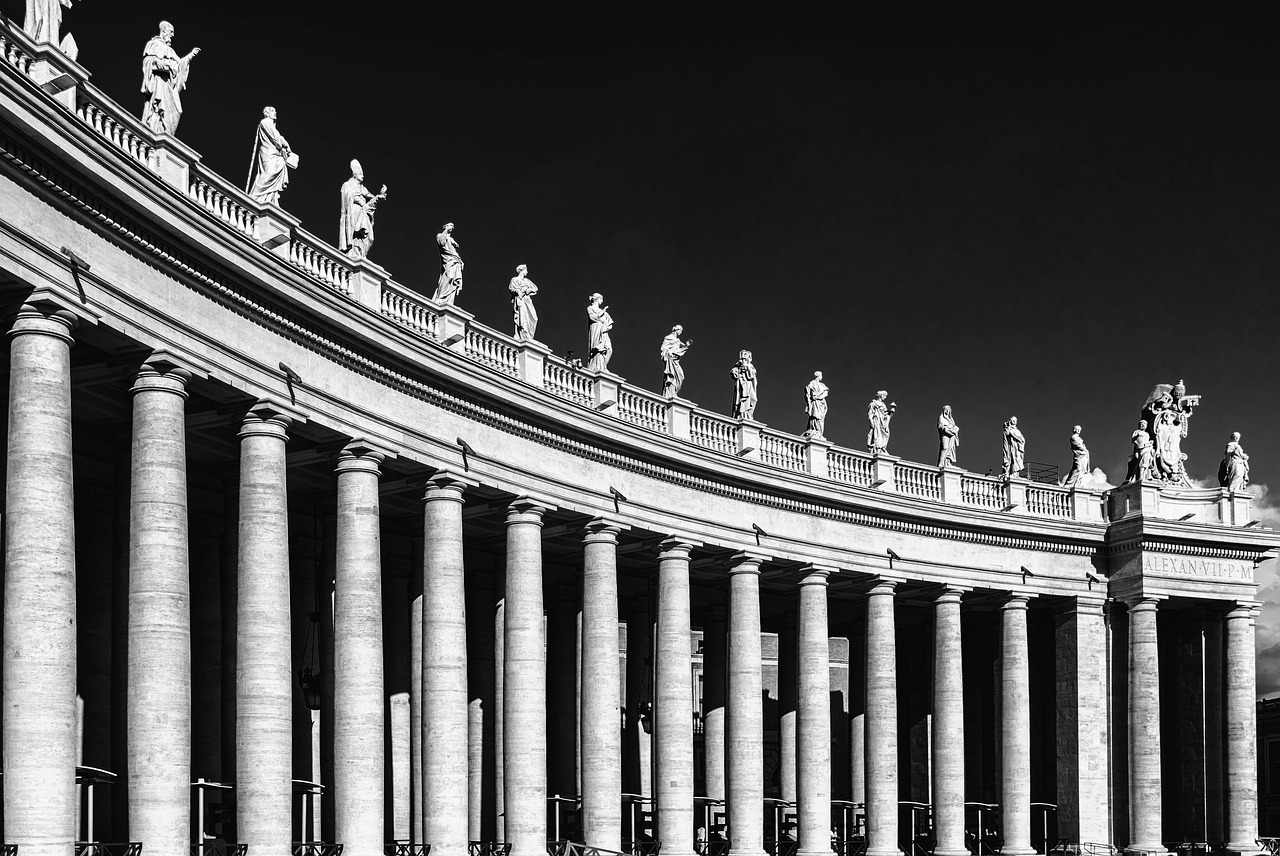
Roman Religion: An Overview of Beliefs and Practices Roman religion encompassed the beliefs and rituals of the inhabitants of the Italian peninsula, spanning from ancient times until the rise of Christianity in the 4th century CE, and is often referred to in the context of Classical antiquity. Cicero, a notable orator and politician of the…
-

Situated adjacent to the Portico di Ottavia within the Jewish quarter, the remnants of a temple devoted to Apollo, known as Apollo Sosiano, are visible close to the Theatre of Marcellus. This temple was constructed between 433 and 431 BC as a dedication to Apollo Medicus—God of Healing—during a time of plague. It earned its…
-
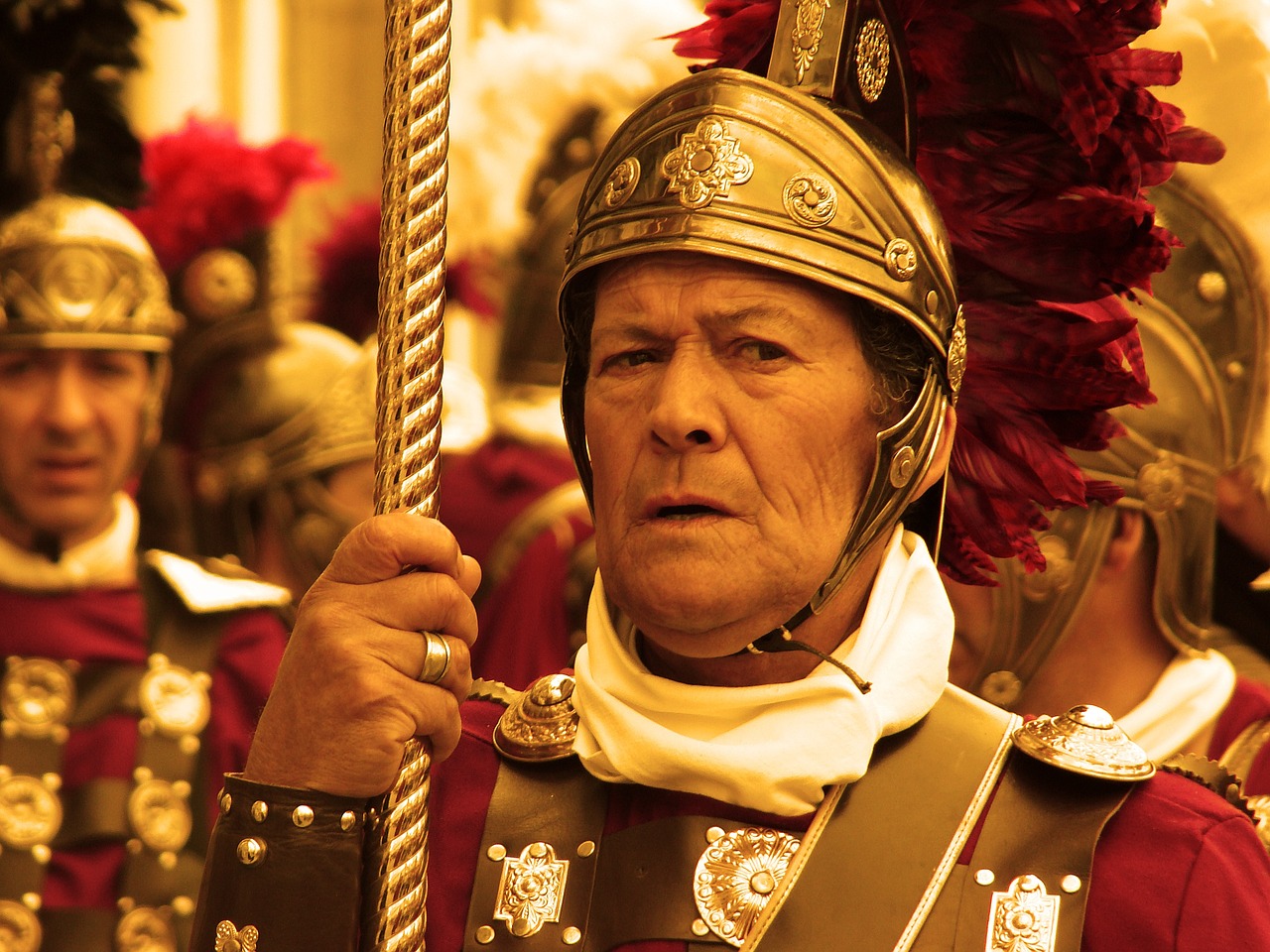
Bellona, the Roman deity of conflict, holds a significant position in ancient mythology, often linked with Mars, the god of war. Frequently depicted as his companion, she is recognized in various roles including that of his spouse, daughter, sister, or charioteer. Her roots likely lie with the Sabines, an ancient tribe from the northeastern region…
-

Faunus, a horned god associated with the wilderness, meadows, and agricultural fields in ancient Roman culture, held additional significance as Inuus, particularly concerning the impregnation of cattle. Over time, he began to be linked to the Greek deity Pan in various literary works. Recognized as one of the early di indigetes in Roman religious tradition,…
-
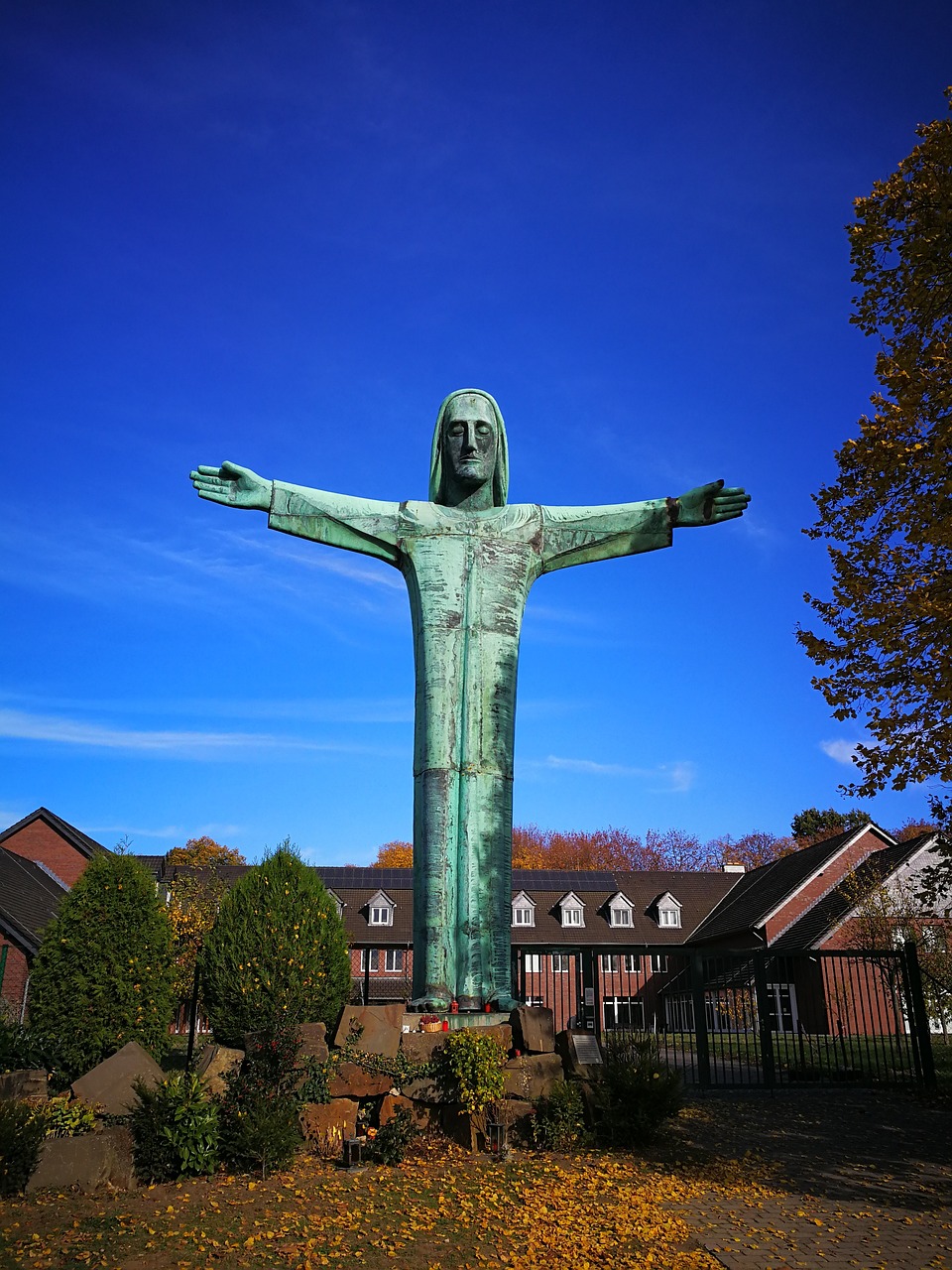
The concept of “FIDES” is frequently misinterpreted as ‘faith,’ which diverges from its original context in Roman thought. In the realm of ancient Rome, FIDES was considered a critical aspect of the character of individuals engaged in public life. It served as a vital foundation for both social and political interactions, encapsulating the notion of…


